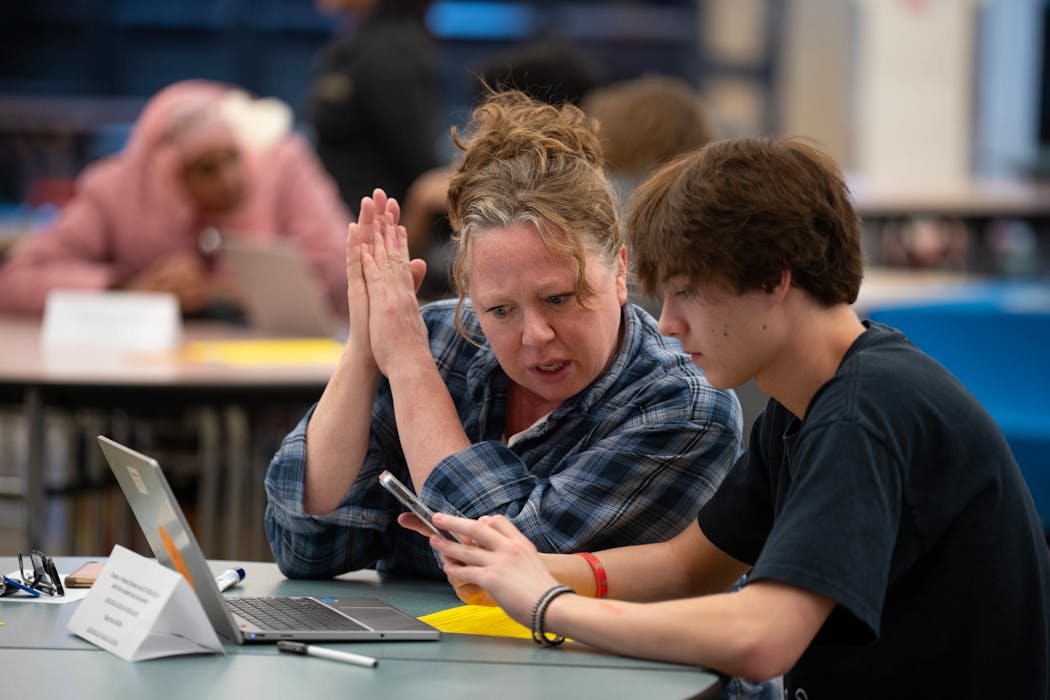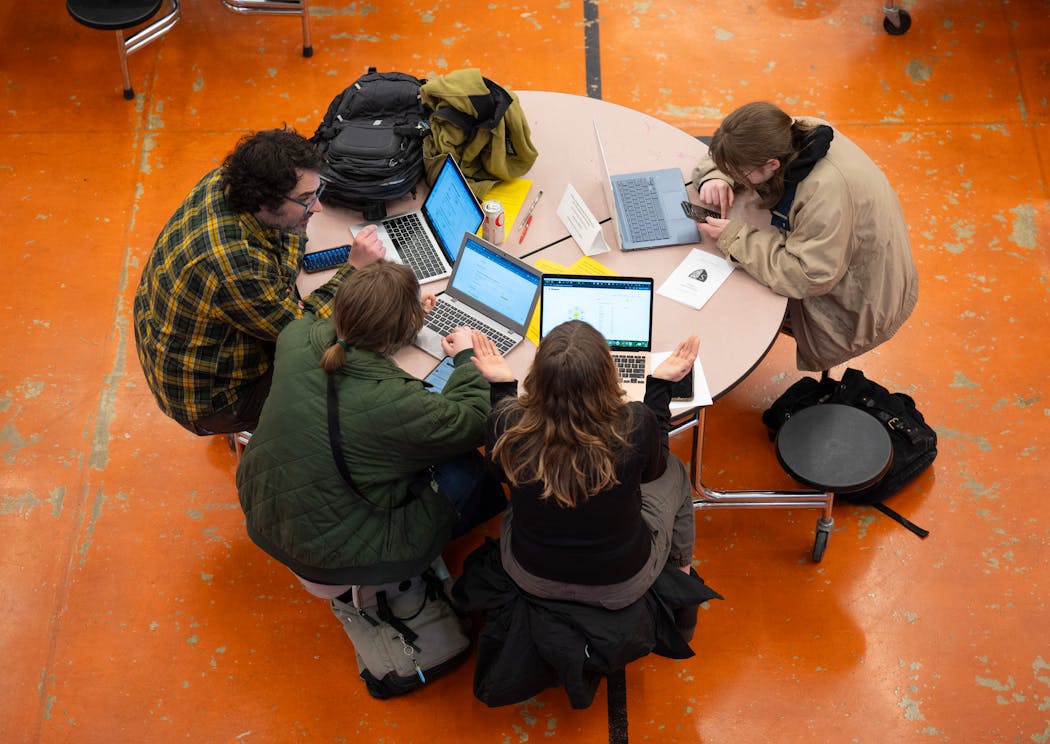Rachel Zuraff spent four years getting ready to apply to college, but few things could have prepared her for the curveballs that came with this admissions cycle.
"I felt quite lost within the whole process," said Zuraff, a senior at Hopkins High School who has already taken college-level courses. "It's really rough."
She's one of thousands of Minnesotans applying in a year when university leaders and government officials are rolling out a patchwork of new initiatives that are changing the calculus for getting into college and paying for it. Some of the changes have been welcomed warmly by students, while others, such as financial aid delays, are headache-inducing.
"This is definitely a different year," said Hana Sato, a career and college coordinator for Achieve Twin Cities, an organization that helps students in Minneapolis and St. Paul prepare for life after high school graduation.
Minnesota is preparing to launch a new program offering free tuition at public colleges and universities for students whose families make less than $80,000 per year. But the federal government's attempt to revamp the Free Application for Federal Student Aid has been mired in delays and tech glitches, meaning thousands of students are still waiting to learn how much college will actually cost.
Meanwhile, more colleges are streamlining their applications and offering guaranteed admissions to students who meet their academic criteria. Some are changing their policies on standardized tests like the ACT and SAT. Some are revamping their essay prompts after the U.S. Supreme Court overturned affirmative action, limiting the consideration of race in college admissions.
Navigating those changes can be especially difficult for students whose formative years were shaped by the isolation and lockdowns in the early days of the coronavirus pandemic. Nora Main, president of the Minnesota Association for College Admission Counseling, said high school counselors are spending more time trying to help students learn to take appropriate risks, such as applying to college, even if there's a chance of rejection.
"Learning how to take appropriate risks is harder," Main said. "During the pandemic, a student was always told, 'If you take a risk, that could be a life-endangering situation.'"
Still, every student's threshold for uncertainty is different.
Financial aid, decision delays
Hanan Sherif, a student at South High School in Minneapolis, enjoyed the early stages of the process, applying to some colleges "just for the fun of it." She applied to Ivy League schools like Princeton University, to local colleges like the University of Minnesota, and to some schools in Virginia, where one of her relatives lives.
"For me, I think the least you can do is try to get into somewhere," Sherif said. "You never know what happens."
After her application deadlines passed, Sherif had "a few weeks of just resting" while the federal government updated the FAFSA. But the roll-out didn't go as smoothly as planned.
Most colleges are just now receiving the information they need to compile students' financial aid offers. That means many families don't yet know how much they would have to pay, weeks before the traditional May 1 decision deadlines.
"Because of FAFSA, I don't really know where I'm going to go," Sherif said. "I don't know how much I should save up for. I don't know if I should get a different job."
Counselors are spending the bulk of their time trying to help students sort through FAFSA questions. Families that already have a student in college are wondering if changes to the aid formulas will help them or hurt them. Families sorting through it for the first time are often overwhelmed.
"When everything is ironed out, all of the glitches are gone away, I truly do believe that this FAFSA will be a better FAFSA," said Sato, with Achieve Twin Cities.
For now, counselors are urging students to remain calm and to stay in touch with the schools that interest them most.
"We recommend that students do not commit to a school until they have seen all of their financial award letters from all of their schools," Sato said.
The University of Minnesota is one of many colleges that extended its decision deadlines.
"We understand that it looks a little different this year," said admissions director Keri Risic.
Applications are up, leaving Risic "certainly optimistic" about the prospects for the fall semester. But she's also trying not to get ahead of herself, noting a lot can change in the next few months.
'It is OK to feel stressed'
Community colleges haven't been affected in the same ways. Many don't require students to register until days before classes begin, so their leaders often see a rush in the summer months. This year, they're watching to see if FAFSA delays might draw extra students — and they're doubling down on traditional advice.
"Keep your options open," said Libby Fahrenkamp, director of outreach and recruitment for Inver Hills Community College. "Remember that in Minnesota we have a lot of colleges that you can still apply to and be accepted for the upcoming fall semester. And, it is OK to feel stressed about what the future might hold for you, and that doesn't mean that college isn't going to be possible."
Zuraff's college calculus has already changed. She began the year focusing on prestigious, selective schools, spending hours trying to distill her life's story into a short 350-word essay. Now, she's trying to narrow down her choice of community colleges, hoping to save some money while finishing her general education requirements and then transfer elsewhere.
"My top goal is to graduate with my degree as fast as possible and to graduate with no debt," she said. After watching her friends' experiences with "interest rates and student loans, that's the last thing I want to be a part of right now."
Wolves vs. Nuggets is set. Here's everything we know about Round 2.

Gun safety bills may hinge on one senator's fate despite House support, likely passage

At the U, another pro-Palestinian protest camp goes up

Falcon Heights, St. Anthony nearing police partnership severed after Philando Castile's killing



